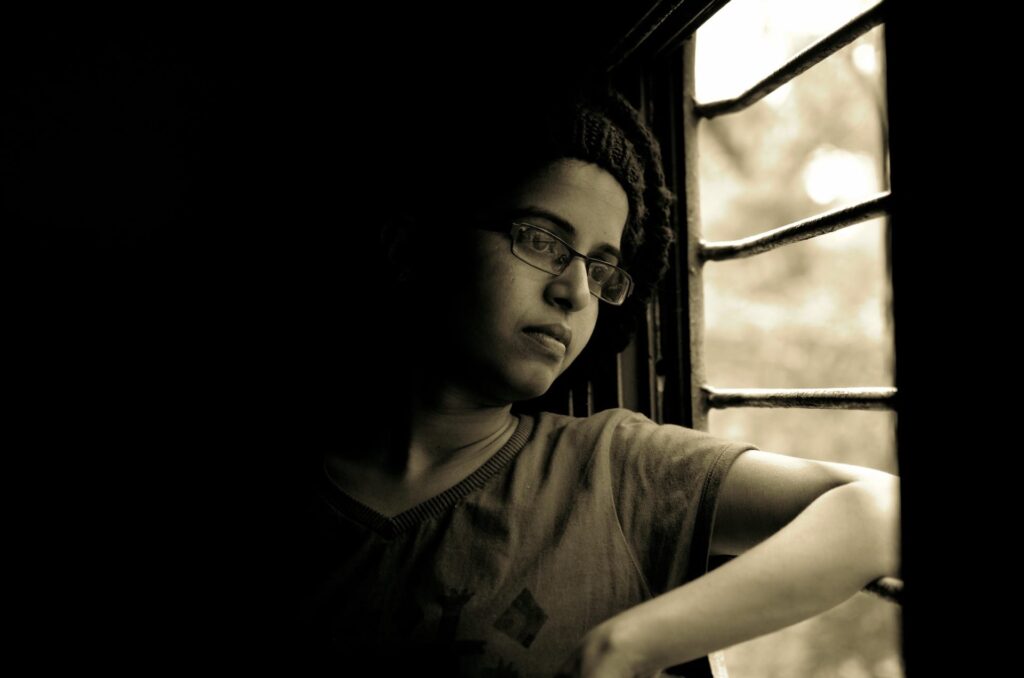Preventing Suicide Amid a Pandemic
As if the deaths of nearly 700,000 Americans from COVID-19 weren’t depressing enough, the past two years have wreaked havoc on surviving Americans’ mental health. Most at risk? Young people…

As if the deaths of nearly 700,000 Americans from COVID-19 weren’t depressing enough, the past two years have wreaked havoc on surviving Americans’ mental health. Most at risk? Young people — especially Black girls and LGBTQ+ youth. This harrowing article in TIME magazine lays out the tragic stories of Black girls in crisis.
For students, the pandemic has been particularly disruptive, given the social isolation required to keep them safe from the COVID-19 virus spreading. Not only has life been harder for them — without their friends, without social activities — but the very supports they need most as they go through critical developmental stages and stressful situations have been severely limited. This is, unfortunately, reflected in the statistics on suicide rates, with disparities among races and gender identities. Before the pandemic, the number of White children attempting suicide was decreasing while the number of Black children attempting suicide was increasing.
Between 2001 and 2017, suicide death rates for Black American girls ages 13 to 19 increased by 182%. And according to the Trevor Project, LGBTQ+ youth are five times as likely to attempt suicide as their heterosexual peers. Given students’ social isolation over the past two years amid the COVID-19 pandemic and the complex intersections of race and gender, as well as the racial tensions that have been stoked, the trend of rising suicide attempts and deaths is likely to continue. As students return to in-person learning in school buildings, where educators and administrators can have a greater impact on students’ well-being, educators and administrators should be especially vigilant in supporting the racial, ethnic, and gender identities of Black girls and watch for the signs of suicidal ideation.
A year before the COVID-19 pandemic struck, I interviewed students of color across the country about how schools are, or are not, supporting them. There was a resounding consensus that schools were not doing all they could to provide the mental health supports students need, and as one Black high school girl noted, “If we don’t address that well-being aspect, then there’s no way we can progress ourselves.”
Prior to the pandemic, schools were not doing enough to support the mental health needs of students. And now, there should be no doubt among educators, researchers, and even the public, that schools play a pivotal role in supporting student well-being. According to an Ed Trust article released before the pandemic, not only do many schools not meet the American School Counselor Association’s recommended ratio of 250:1 students per school counselor, but those school counselors who predominantly serve students of color have exponentially higher student-to-counselor ratios — in some cases, 650:1. And yet, school counselors are instrumental in meeting the academic and social and emotional needs of students.
The move to virtual learning highlighted the pivotal role schools play in supporting the integrated social, emotional, and academic development of students. Parents were strongly reminded that schools are not only places where children learn to read, write, and do math, but also where students develop friendships and practice building relationships with adults, learn to handle conflict, and develop their identity. School climate and educators are central to the mental health, well-being, and development of students, but it’s also important to ensure students have the proper, age-appropriate resources, such as those by the Jed Foundation.
Now that students have returned to schools, school leaders and staff must prepare differently. Districts and local school leaders must take a hard look at the supports (or lack thereof) that existed pre-pandemic and prioritize the use of American Rescue Plan (ARP) resources for students’ mental health — especially targeting those most impacted by COVID-19 and racial injustice.
I would urge school leaders to target their resources toward those students who are most vulnerable and to use a portion of those resources, especially the money from ARP, to hire more school counselors and school psychiatrists.